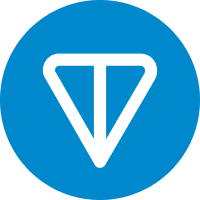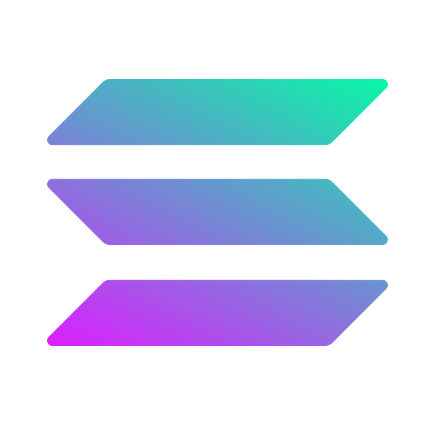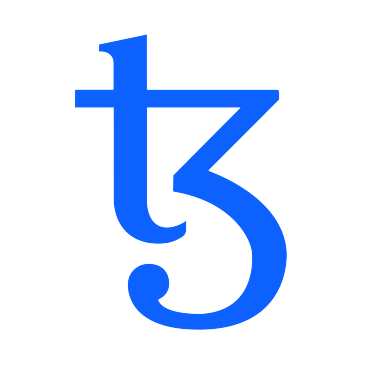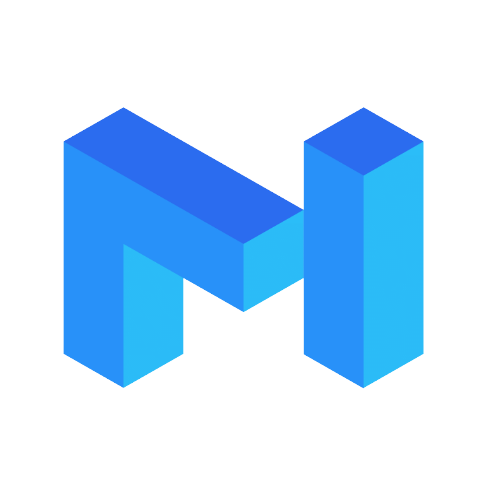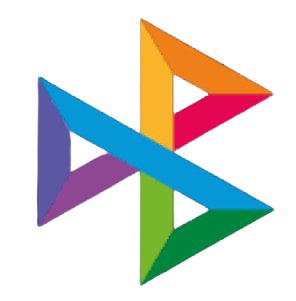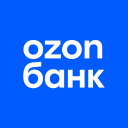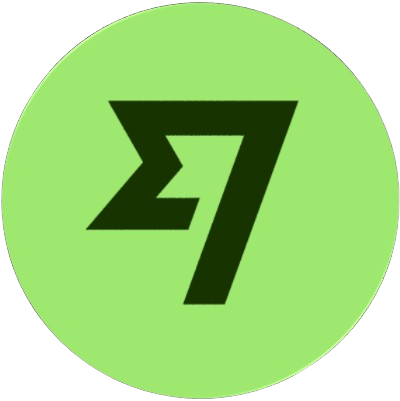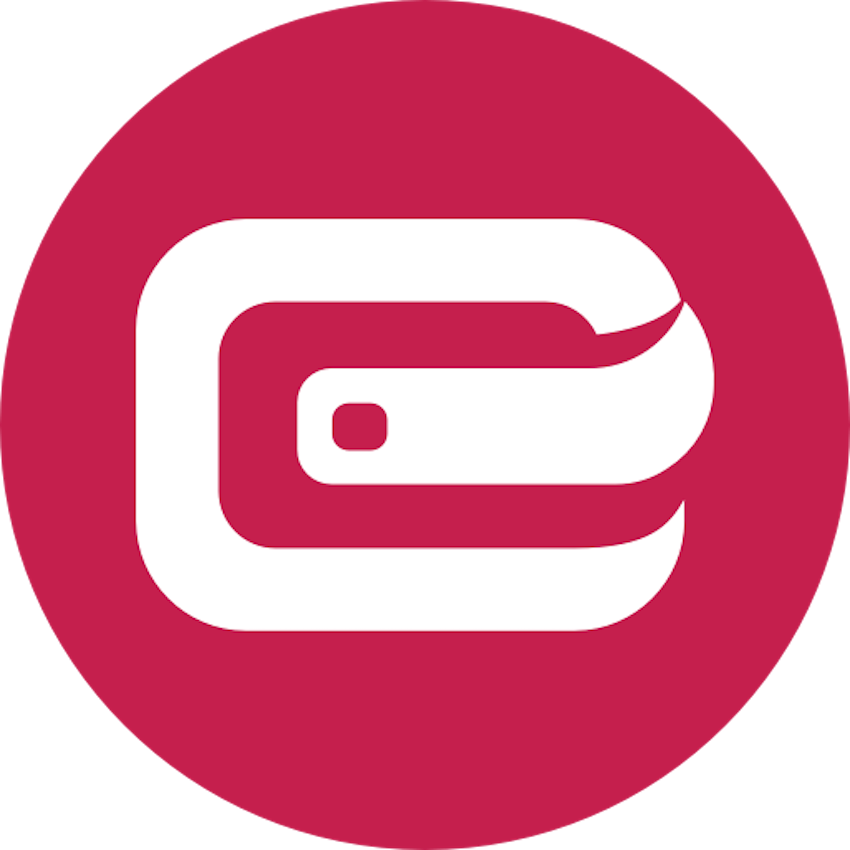MonaCoin - the history of one cryptocurrency
Japan created its first digital money called MonaCoin. They have become a kind of symbol of the country and are successfully used on its territory. The coin is very popular, it is actively involved in trade (many services and shops allow payment for goods or services with this cryptocurrency). Local media supported the token, increasing interest in it. Japanese banks also support this digital money by allowing borrowers to repay loans with them. In the domestic market of the country, interest in MonaCoin as an alternative to fiat money is growing rapidly.
About MonaCoin
MonaCoin is a decentralized peer-to-peer network that aims to conduct secure and confidential financial transactions. This is achieved by a peer-to-peer network architecture. This means that all users have the same rights, they also control and issue new batches of tokens, carry out transactions and other operations on the network. The system does not have any administrative centers that would perform management. There have been many attempts to control the network, but they all failed. Any user who wants to can become a member of the decentralized platform.
The creators of the token called it the first cryptocurrency in Japan, which in the future may become a worthy alternative to the leaders of the global digital currency market - Bitcoin and Litecoin. The coin was formed through the Litecoin hard fork, but the main difference from this token is that the number of Monacoin coins issued significantly exceeds the total emission of Litecoin.
Coin support is paid and is provided by the digital currency itself and the commission for the transactions carried out.
The Lightning Network was implemented to speed up transactions, instant payments as well as cross-chain transactions and the monacoin dev team. Thanks to the activation of Segwit, Monacoin can now compete with Ethereum, Dash and XMR.
One of the main goals of MonaCoin development is to resist centralization, for which the second version of the Lyra2REv2 algorithm is used.
For the first time, rumors arose about the appearance of the Japanese digital currency at the end of 2013, and the project was officially launched on January 1 of the next year.
The coin is promoted in Japan and in other countries by the MonaCoin fund. It should be noted that the main developers of the network are not part of the Monacoin Foundation.
Already at the beginning of 2014, the coin first appeared on the online forum 2channel, which is very popular in Japan with a colossal number of users. It contains 600 active message boards that cover all sorts of topics of interest to the Japanese.
The project was submitted by a user who called himself Watanabe. Just like Bitcoins creator Satoshi Nakamato, MonaCoins developer has never revealed his true identity. There is a logical assumption that this unknown genius is Japanese.
Watanabe created an original post on the said forum, where he presented MonaCoin as a game whose goal is to find hashes. MonaCoin positions itself in the same way as the popular Japanese games Final Fantasy XIV and DragonQuestion, which have their own money. The developer also noted that his development was created in order to be unique, not like all digital currencies that exist today. According to the unknown creator of the coin, it shouldnt look like securities.
The coin got its name from Mona. This is such a cat, a cute ASCII virtual character who is very popular on 2channel. MonaCoin used to be used as a congratulation on this forum. Despite this name, the coin was able to become a self-sufficient token, to take an active part in mining.
MonaCoin does not have a technical document and a team of experts, which is typical for all other digital money.
Today, MonaCoin has become a currency in Japan that has gone beyond the online space. On the territory of the country, the token has become legal tender. Today MonaCoin can be used in cafes and restaurants. The coin still retains its original function, which is why it is often used by gamers. You can also purchase electronics for MonaCoin. Almost all project investors (90%) are Japanese citizens.
The popularity of the token is growing so quickly that Japanese television began filming programs about it. There is even such information that one person, using MonaCoin coins, paid for a piece of land. This news helped boost the popularity of the token.
Today, many stores in Japan, as well as an auction, accept payments in MonaCoin. Trading is carried out on internal exchanges, and also enters the global cryptocurrency market.
Many people, when they see the MonaCoin token logo, think that this is some kind of joke. In fact, the first Japanese cryptocurrency is positioned as a real alternative to Bitcoin. MonaCoin is called the Japanese version of Dogecoin, which has a less attractive offer. If we talk about the value of an asset, then it is not directly influenced by all kinds of cash. It is influenced by the domestic market, and the potential of the coin is enormous.
Despite the fact that the Japanese cryptocurrency market is huge, it is not enough for the token to compete with the leaders of the digital money market: Bitcoin, Ripple, Litecoin, etc. It is for this reason that developers need to strengthen the influence of MonaCoin in the global digital money market so that the coin does not lose its positions. which have already been conquered.
MonaCoin features
As soon as the MonaCoin cryptocurrency appeared, it immediately gained popularity in Japan. The thing is that it was almost immediately introduced into the trade turnover not only online, but also offline.
The implementation of the Lightning Network was carried out by the developers to thus make the transaction process faster. When Segwit was activated, the virtual coin was able to fully compete with such tokens as Ethereum, Monero, etc.
The coin was originally created to get rid of the flaws in the Litecon network. MonaCoin developers managed to eliminate common flaws, ensure stable functionality of the system, make it more secure, private and reliable. As for all other characteristics, their changes are insignificant, and the parameters are similar to the parameters of the Litekon and Bitcoin networks.
The following features essentially distinguish MonaCoin from Litecoin:
large amounts of coins in circulation;
financial transactions are faster.
The peculiarity of this network is that the possibility of mining a coin on ASIC is excluded, which is an advantage for those network users who cannot invest large sums in mining.
Using a special algorithm for obtaining coins, which is a bit like Vertcoin, thanks to which the level of mining difficulty changes every time a new block is created.
How is MonaCoin created?
MonaCoin is a fork of Litecoin, so the cryptocurrency is based on a chain of blocks of the electronic architecture of this network, and peer-to-peer technology ensures independence from other resources. The network is controlled by the users themselves, independently exercising control of all financial transactions, as well as the emission of the following batches of coins.
The consensus mechanism that MONA uses is PoW (proof of work), which is also used effectively by many digital coins created using blockchain technology. This makes it possible to provide a reliable type of cryptocurrency, which is qualitatively protected, to comply with the complete decentralization of the network and to introduce important changes to the network, both technical and economic.
Today, network users can independently mine MONA tokens using standard PC power parameters. To make the process more productive, users unite among themselves, creating pools.
The complexity of mining this cryptocurrency increases with each new block, which is achieved by using the Dark Gravity Wave algorithm. It will take approximately 1.5 minutes to create new blocks. The reward for one block is 50 tokens.
After 450 thousand blocks were generated, the second version of the Lyra2RE (v2) algorithm was integrated into the electronic architecture. This algorithm cannot be used by ASIC chips. The consensus protocol is PoW (Proof-of-Work), which achieves reliable protection of the entire network.
In Japan, the MONA coin is popular, but in the global crypto community, it is not so in demand. There is no such excitement here as with Bitcoin or Ethereum. Thanks to this, it is possible to mine the token at home, but the algorithm used for ASIC is not suitable. In this regard, a PC processor (CPU) or video card (GPU), which are produced by Nvidia and AMD, are convenient for mining coins. But even if the user will use the most modern and productive computing devices, it will not provide such efficiency as participation in pools.
It should be emphasized that mining MonaCoin is quite expensive. To buy and sell tokens, you need a powerful technique that can decrypt the system code. Therefore, you will have to not only buy new expensive equipment, but also pay large electricity bills. But the return on investment directly depends on what knowledge and analytical skills the investor has. During mining, after the transaction has been completed, it will be impossible to cancel it. For this reason, if a mistake is made when entering the wallet address, the money will not be returned to the account.
Is MonaCoin infinite?
The total emission of tokens is 105.12 million. As of early December 2019, there are 72.45 million coins in circulation.
Strengths of MonaCoin
The main advantages of the network are as follows:
The most simple and easy-to-use interface. Just a few clicks are enough to send a payment. It is necessary to indicate only the transfer amount, no other data is required.
Optimal design. The developers have created a platform where there is nothing superfluous, while the ergonomics are high.
Confidentiality of transactions. The user is not obliged to provide his personal data. However, everyone can see the direction of the transfer and its amount.
High level protection. The system is almost completely protected from hacking and all kinds of hacker attacks. Over the entire existence of the platform, only one case of hacking is known, when an attacker entered the system and took out some assets from reserve wallets. But the developers quickly noticed this and took decisive steps. The security settings were updated, and the stolen coins were compensated to users.
Interesting system for calculating commissions. The uniqueness of the MonaCoin network is that users have the ability to set the size of the transaction fee at their discretion. Everyone is equal here, and developers, partners and large cryptocurrency holders do not have any privileges.
Conditional Commissions. Each member of the network can determine how much the operation will cost. This process is simple and affordable.
High level of performance. Transactions on the network are fast and there are no delays. It only takes a few seconds for a transaction to be fully confirmed. This is due to the fact that the network is not very congested, because the coin is not so widely known outside of Japan, and the SegWit protocol is also used.
MonaCoin in TOP currencies
In terms of capitalization at the beginning of December, the asset ranks 79th (according to coinmarketcap.com)

 Русский
Русский  English
English  中文
中文  عرب
عرب  Eesti
Eesti  Español
Español  Deutsch
Deutsch  Български
Български  Türkçe
Türkçe  ქართული
ქართული 